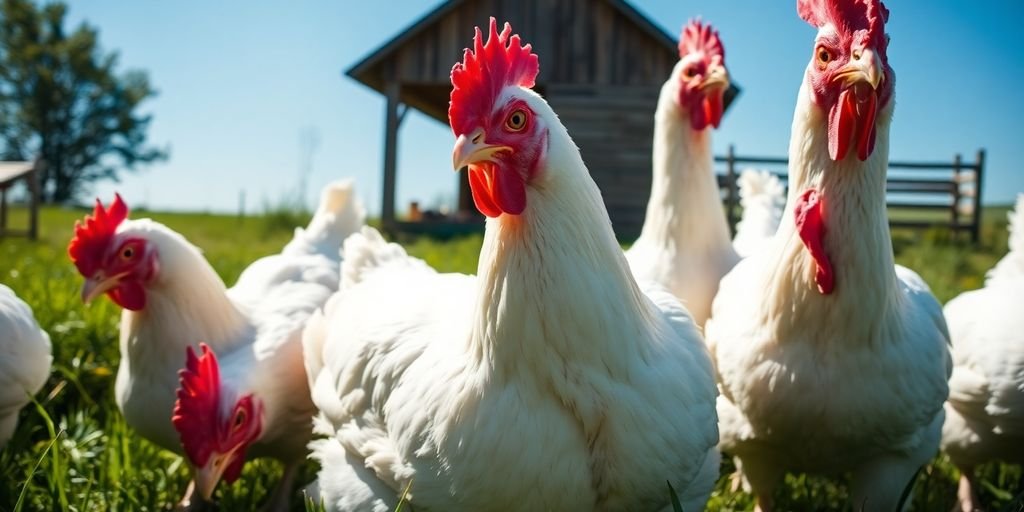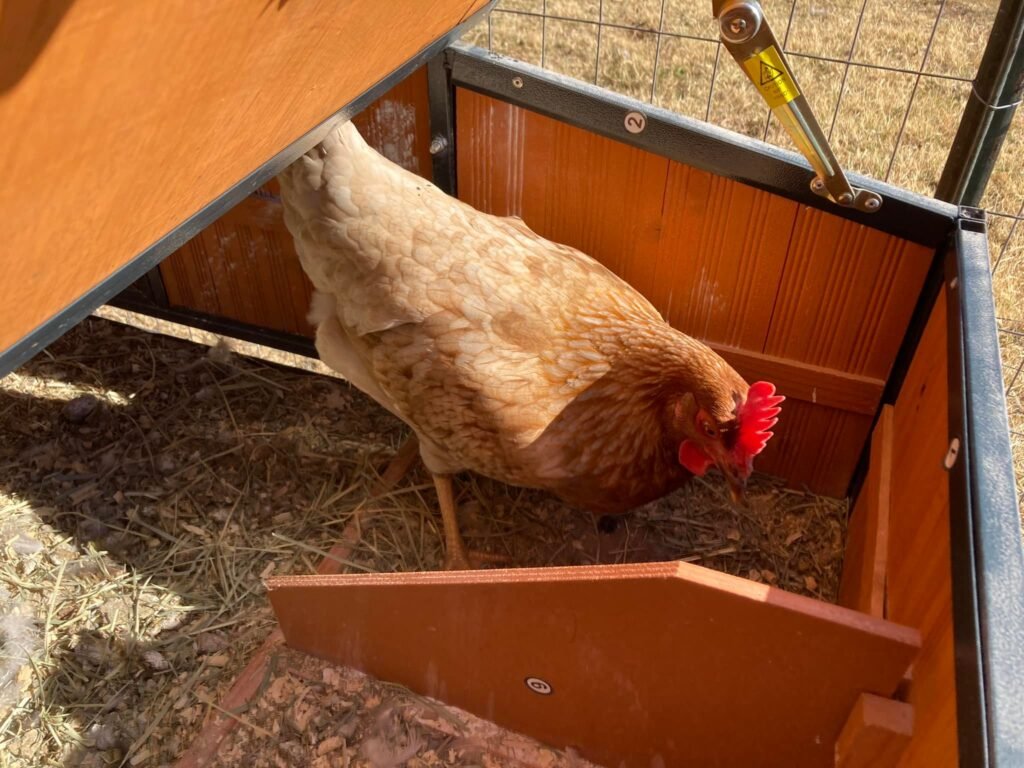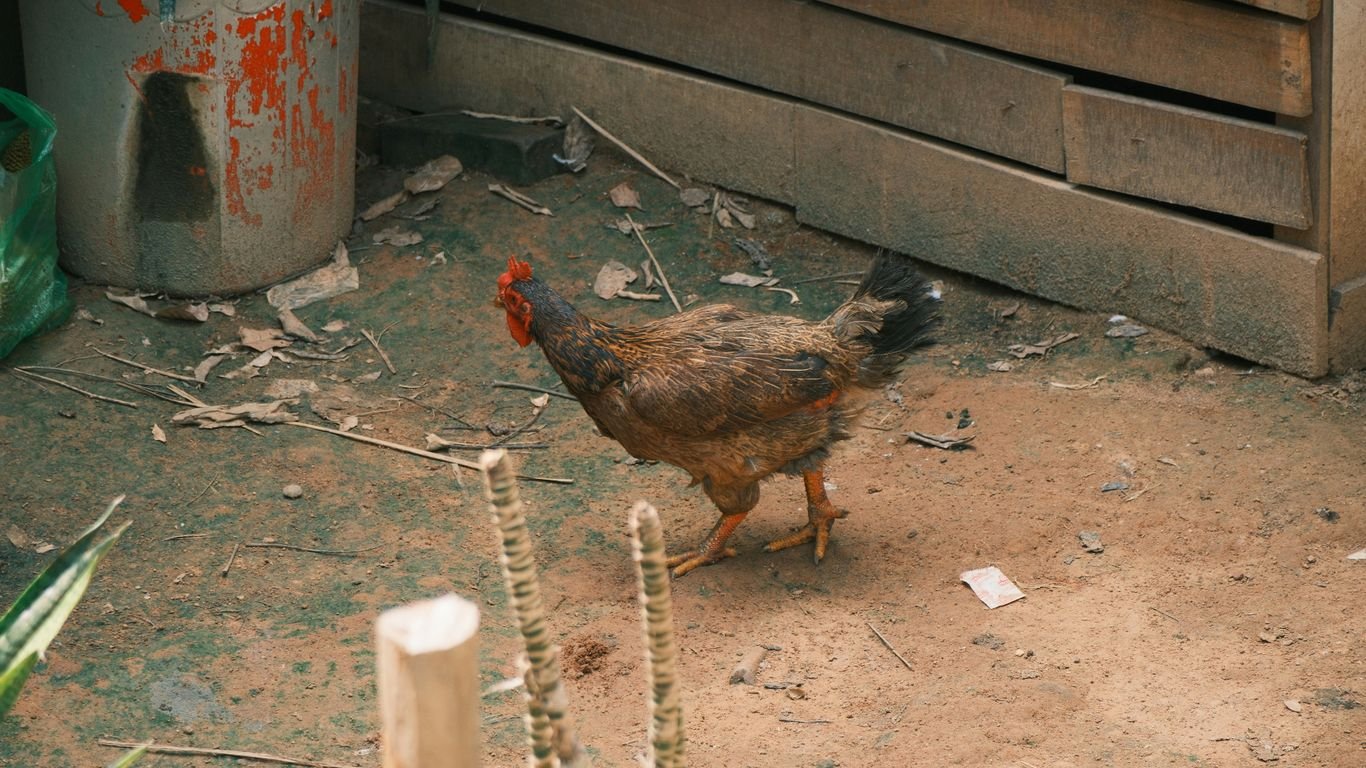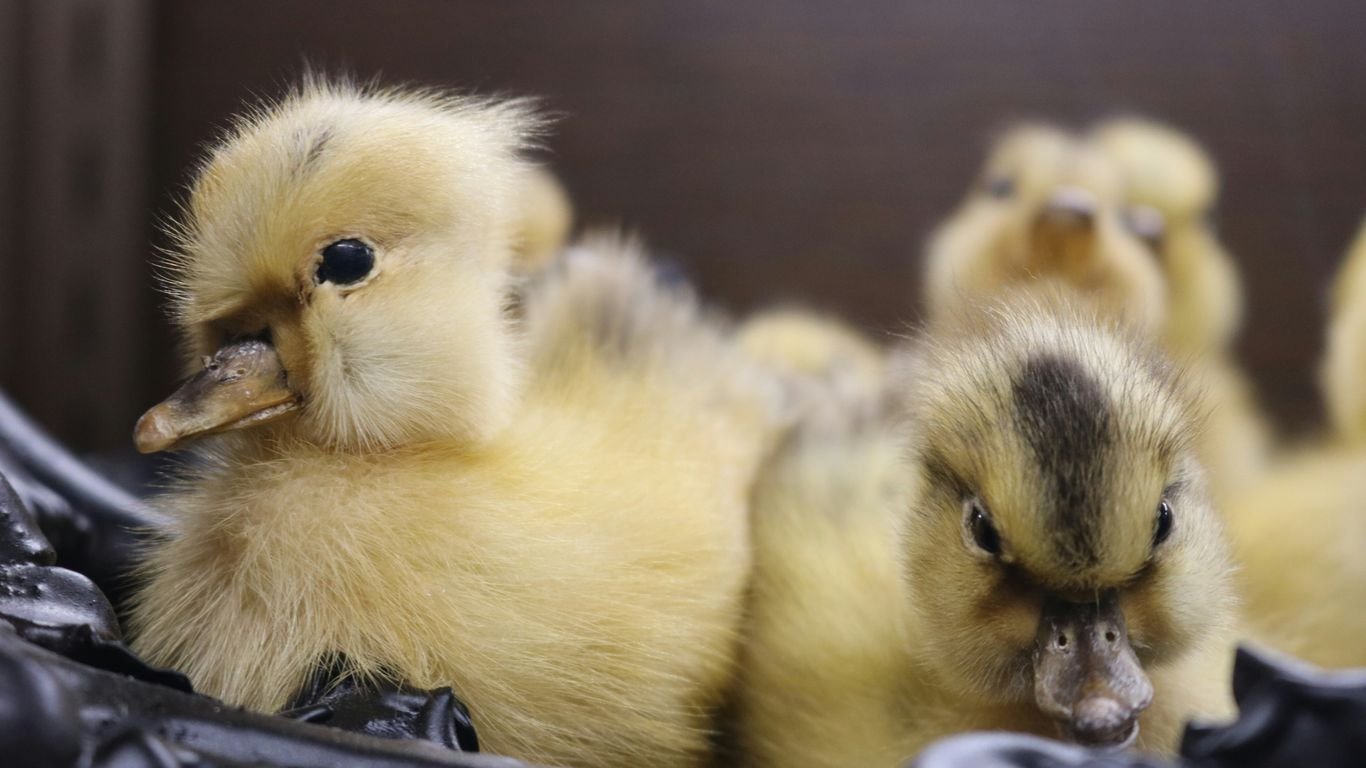How to Raise Meat Chickens

Raising your own meat chickens can seem like a big job, but it’s actually pretty straightforward. This guide will walk you through the whole process, from picking the right chicks to getting them ready for your dinner table. It’s a rewarding experience that gives you control over what you eat, and it might be simpler than you think.
Choosing Your Meat Chicken Breed
When you’re thinking about raising meat chickens, the first thing to consider is the breed. There are a couple of common types, and each has its own pros and cons.

Cornish Cross Chicken
Cornish crosses are probably the most popular choice for meat production. They grow really fast, usually reaching market weight in about eight weeks. These are the kind of chickens you often see in grocery stores, known for their white breast meat. However, they can have some health issues if they grow too quickly, like leg problems or even heart attacks. It’s something to keep in mind, though not everyone experiences these problems.

Freedom Rangers (Red Rangers)
Freedom Rangers, also called Red Rangers, are a bit different. They’re more of a heritage breed, which means they grow slower, taking about twelve weeks to get to market size. They have a reddish color and tend to have darker meat. These birds are generally hardier than Cornish crosses and are a good option if you don’t mind the longer grow-out time. They’re also more active, which some people prefer.
Ultimately, the choice between Cornish crosses and Freedom Rangers comes down to personal preference. You might even want to try both to see which one fits your needs best.
Getting Started with Your Chicks
Once you’ve decided on a breed, it’s time to get your chicks. Many people order them online from hatcheries, and they’ll arrive by mail. The post office will usually call you when they’re ready for pickup. It’s normal to lose one or two during shipping, but hatcheries often send a few extra to account for this.
If this is your first time raising meat chickens, starting with about 25 chicks is a good number. Raising 25 isn’t much different than raising five; the process is pretty much the same, just with a bit more feed.
Brooding Your Chicks
When your chicks arrive, they’ll be just a few days old. If you’ve raised egg-laying chickens before, the initial care is similar. You can put them in a plastic tub in your house, garage, or a shed. The main thing is to keep them dry and warm. They’ll need a heat lamp for about two to three weeks, depending on the weather.
Some people start their chicks on grass from day one, especially if the weather is mild. This means putting them in a chicken tractor with a heat lamp. This allows them to be active and get some fresh air and grass right away.
Key Takeaways:
Keep chicks dry and warm.
Provide plenty of feed and fresh water.
Consider adding a capful of apple cider vinegar to their water to help their immune system.

Feeding Your Meat Chickens
There are different types of feed available, like conventional, non-GMO, or organic. Choose what works best for you. No matter what you pick, it’s still better than buying chicken from the grocery store.
For 25 chickens, you’ll go through about one 50-pound bag of feed per week, which is roughly seven pounds a day. When buying feed, look for labels that say “broiler” or “grower.” Many people use the same feed throughout the chickens’ lives.
We feed our chickens once a day, filling up their trough. They eat a lot, and they’ll keep eating as long as food is in front of them. Feeding once a day works well for us and helps keep costs down. If you want larger birds, you might need to feed them more often.
Pasture Raising and Moving Your Chickens
Along with feeding, moving your chickens onto fresh grass every day is a great practice. We use a movable chicken tractor with wheels. Moving them daily means they get fresh grass to eat and they fertilize the land as they go. It’s amazing how much grass they can eat!
We don’t return to the same spot for at least 90 days. This gives the grass time to recover from the fertilization. Too much fertilizer in one spot can actually harm the grass.
Space Requirements
To raise 30 meat chickens in a chicken tractor, moving them once or twice a day, you’ll need about 9,800 square feet (140 feet by 70 feet). However, if you don’t have that much space, don’t worry. You don’t have to move them every day. You can keep them in one spot with a fence and a simple coop, feeding them as needed.
Watering Your Chickens
For water, a five-gallon bucket with nipple drinkers works well. This keeps the water clean, and 30 meat chickens will drink a whole five-gallon bucket in a day.
Butchering Day
After eight weeks for Cornish crosses or twelve weeks for Red Rangers, it’s time for butchering. The day before, you’ll need to restrict their feed for 24 hours. This helps make the birds cleaner for processing. They can still eat grass during this time.
Butchering can be the hardest part, but it gets easier with practice. Many people invite friends and family to help, making it a community event. After processing, the chickens are air-dried and checked for any remaining feathers before being bagged. The whole process for 30 birds can take about three hours, and it becomes more efficient each time you do it.
When you finally put that chicken you raised into your freezer, all the effort will feel worth it. If you have a local processor, you can take your chickens there, but doing it yourself with friends can be a great experience.
Raising your own meat chickens is a simple and rewarding way to provide food for your family. Give it a try, and you’ll see how easy it can be!






